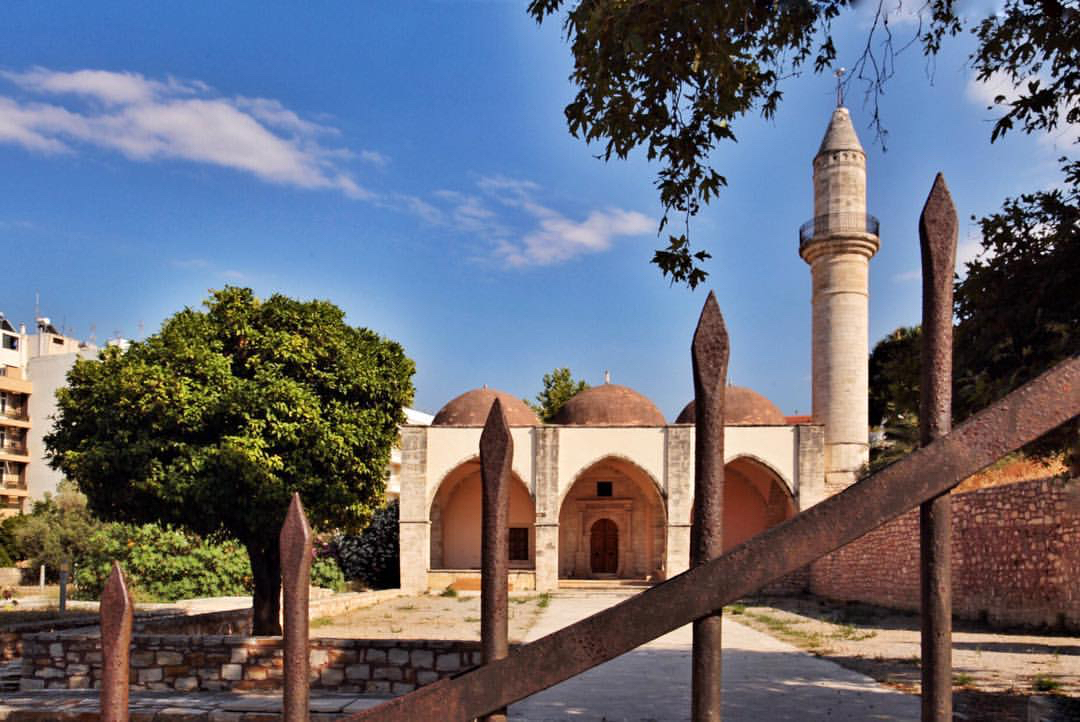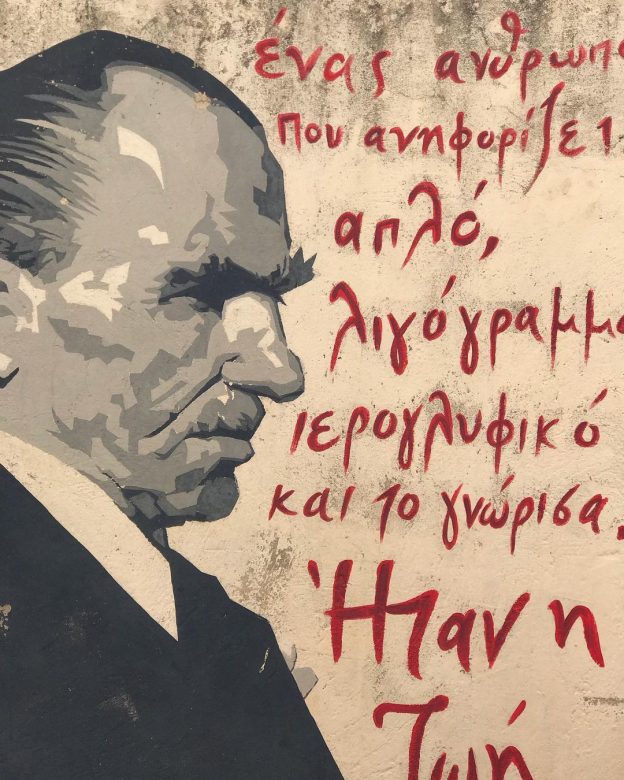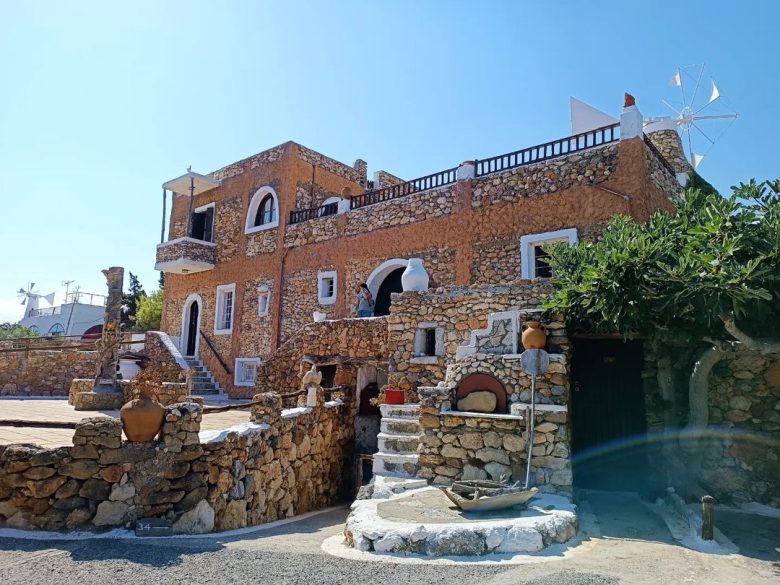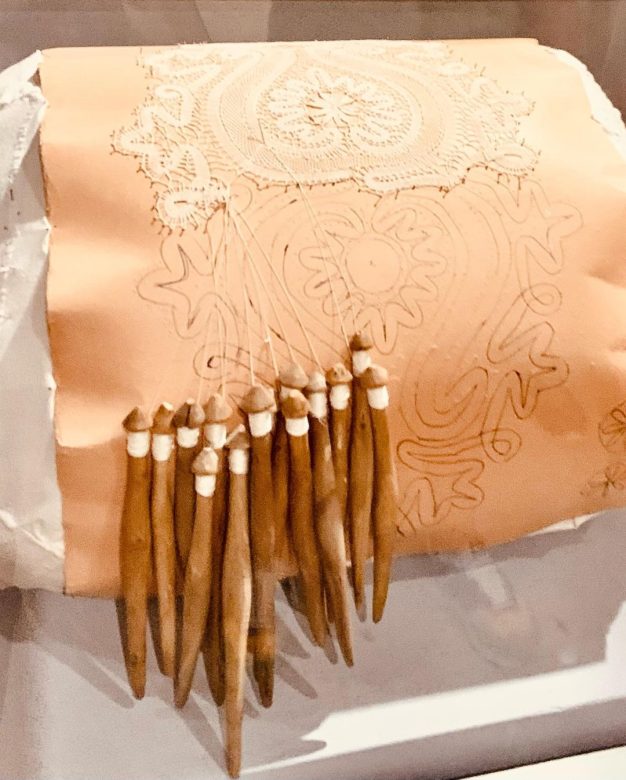Feature Story on Crete: The Lesser-Known Museums that should be on your Radar

Now that you have read our first feature story on Crete: The Must-Visit Landmarks of Culture, we are coming in strong with a second feature story, regarding the lesser-known museums in Crete.
This time, a little more off-the-beaten-path, a little less popular, but still equally impressive and interesting.
Below you’ll find our 5 lesser-known Museum selections that should still be on your radar.

Kazantzakis Museum by @stelios_zervos (ig handle)
Kazantzakis Museum
The Nikos Kazantzakis Museum is located in the village of Myrtia, Heraklion. Georgos Anemoyiannis, a relative of Nikos Kazantzakis founded the museum in 1983.. Eleni Samiou-Kazantzakis, the second wife of the great writer, offered significant help. The core collection includes manuscripts and notes of Nikos Kazantzakis, samples of correspondence with great thinkers, politicians, and contemporary artists, first editions, rare photographic material, souvenirs from his travels, models, and costumes from theatrical performances of his works, and many other heirlooms.
Paleontological Museum of Rethymno
The Mastaba Mosque, with its nine domes, the cells, and the Abbess, has been granted to the Museum of Natural History and functions as a Paleontological Museum. The collection presents an important part of the evolutionary course of Crete, the geological and paleontological changes it underwent over a period of 300 million years. Dwarf Cretan elephants, dwarf hippopotamuses, and multifaceted Cretan deer stand out, especially the Rethymnon roe deer (Candiacervus ropalophorus), from which the museum’s logo is inspired. Of particular interest is the garden. Sycamores, orange trees, gorse trees, olives, carob trees, Cretan palms, oleanders and laurels, wild roses, lavender, dictamom, ligaria, rosemary, and other plants that thrive in Crete have been planted.

Lycnostatis Open Air Museum by @bohunecka_m (ig handle)
Lychnostatis Open Air Museum
On the coast of the Municipality of Hersonissos, Heraklion, on an area of 7,000 sq.m. you can visit a natural-folklore museum different from the others. The full name of the museum is „Lychnostatis, Museum of Petra and Mantinada“. It belongs to the „open-air museums“ category. It aims to preserve and promote the traditional life and folk culture of Crete. The Open Air Museum is a space that conveys the atmosphere of life in the countryside from the end of the 19th century to the 20th. The assistant professor of Ophthalmology and collector-folklorist Giorgos Markakis in the period 1986-1992 created it. For its construction, they used only stone, wood, and clay.
In its premises, one will encounter four thematic collections: Firstly, the folklore (folkloric-ethnographic elements). Secondly, the physiognomic (Cretan flora and mineral wealth). Thirdly, the artistic (folk art and cultural tradition). Finally, the pre-industrial Technology (tools that show the know-how of past eras). It is an experiential museum, where you will see a carob mill, a threshing floor, a cauldron, an olive press, a Cretan mitato (the shepherds‘ hut in the mountains), an orchard, a tannery, a workshop of aromatic plants, a cafe and much more.
Museum of Cretan Wild Plants
It is a branch of the Institute of Theology and Ecology of the Orthodox Academy of Crete. They aim to protect the natural world and preserve it for future generations. For this reason, all the activities it develops have sustainability as their starting point. The museum is located in Kolymbari of Chania and has approximately 6,000 Cretan herbs, which have been systematically collected since 1964 by the French Botany professor Jacques Zaffran. It is open to researchers, students, pupils, and the general public all year round. Its purpose is to highlight the richness of the Cretan flora. However, they have the responsibility we all have for the protection of endangered species. Finally, take part in the „Cretan Stratas“, where visitors learn to identify herbs and endemic species. Fun fact they emphasize on medicinal and aromatic plants.

Folklore Museum of Crete by @xryssa (ig handle)
Folklore Museum of Crete – Cretan House
The „Cretan House“ Folklore Museum is the creation of Aspasia Bikakis and Irini Koumandrakis. It is located in the center of the city of Chania and its premises the visitor will get to know the life and occupations of the inhabitants of the countryside up to the first half of the 20th century, through objects of daily use. Of particular interest are the textiles and embroideries. For example, the paintings with scenes from local customs and traditions. The founders of the museum and their students in the weaving workshops make all the creations.
